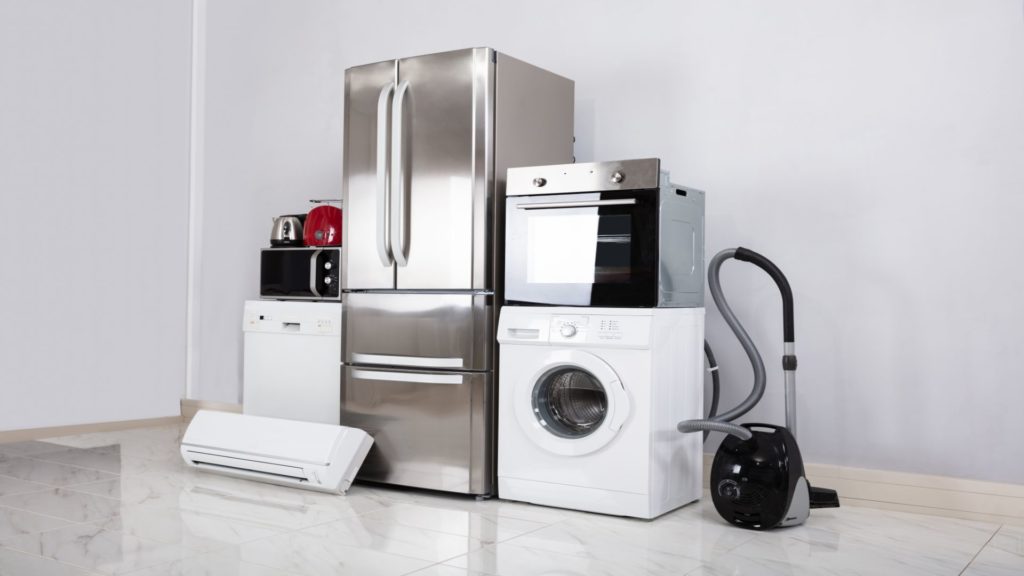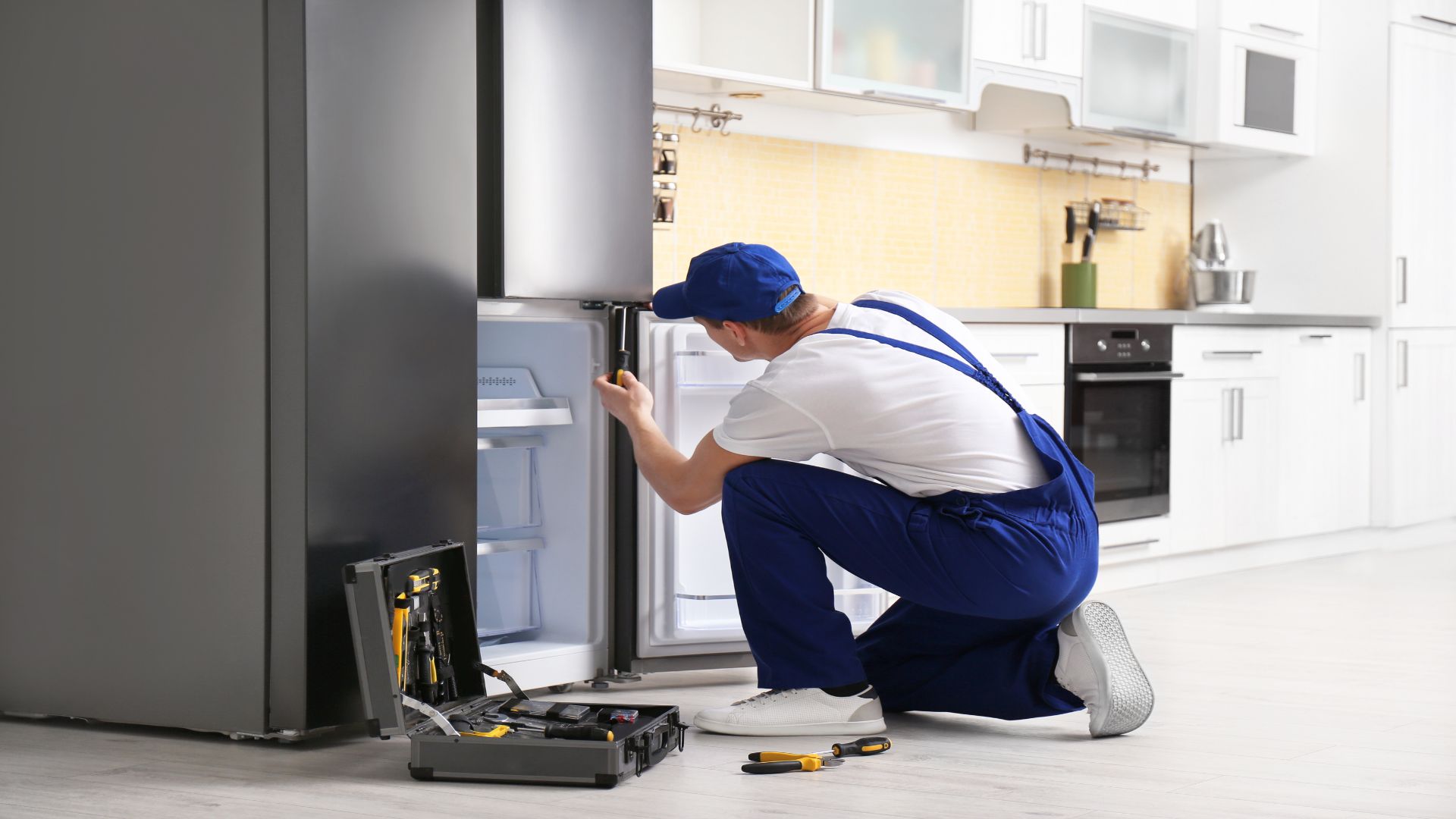Are you tired of waiting for a repair technician every time your appliance breaks down? Do you wish you could save time and money by fixing it yourself? Well, you’re in luck because in this article, we will explore the art of appliance repair and equip you with the knowledge and skills to tackle those pesky malfunctions. Whether it’s a malfunctioning dishwasher, a finicky refrigerator, or a misbehaving washing machine, we’ve got you covered.
Assessing the damage
When it comes to repairing appliances, the first step is always assessing the damage. Many people often overlook the importance of thoroughly evaluating the issue before jumping into a repair. However, taking the time to assess the damage can ultimately save time and money in the long run. By understanding the root cause of the problem, you can make more informed decisions on how to approach the repair process.
Additionally, when assessing appliance damage, it’s crucial to consider whether a DIY fix is feasible or if professional help is necessary. While it’s tempting to attempt a quick fix, some issues may require specialized knowledge and tools that only an experienced technician can provide. By carefully weighing these options during your assessment, you can avoid potential mistakes and ensure that your appliance is restored to full functionality in a safe and efficient manner.
Furthermore, conducting a thorough assessment of appliance damage allows you to anticipate any potential future issues that may arise. By addressing underlying problems during the repair process, you can prevent recurring malfunctions and extend the overall lifespan of your appliance. This proactive approach not only saves you from future headaches but also promotes sustainable usage of your household appliances.
Gathering the necessary tools
Repairing appliances can be a daunting task, but with the right tools and techniques, it can also be a satisfying challenge. One of the key steps in any appliance repair project is gathering the necessary tools. From screwdrivers and wrenches to multimeters and electrical tape, having the right equipment at hand is crucial for a successful repair. Additionally, using high-quality tools not only makes the job easier but also ensures safety and precision.
Moreover, when approaching appliance repair, it’s important to have a methodical approach. Many issues with appliances can be complex and require patience to diagnose and fix effectively. Taking the time to understand how an appliance works, identifying the problem accurately, and then utilizing the right tools for the job can make all the difference in achieving a successful repair. By staying organized and focused on each step of the process, you’ll set yourself up for success in repairing your appliances.
Troubleshooting and testing
When it comes to repairing appliances, troubleshooting and testing are crucial steps in the process. Understanding the root cause of the issue and systematically testing different components can save time and effort in solving the problem. Some common issues with appliances can be quickly resolved by conducting simple tests, such as checking for loose connections, testing power supplies, or using diagnostic tools to identify faulty parts. By delving into these troubleshooting methods, you can gain a better understanding of how appliances work and improve your ability to identify and address problems efficiently.
Additionally, embracing new technologies in appliance repair can enhance troubleshooting and testing procedures. Utilizing advanced diagnostic tools and software can streamline the repair process by providing accurate information on potential malfunctions. Moreover, harnessing the power of smart devices or IoT-enabled appliances allows for remote troubleshooting and testing capabilities, enabling technicians to diagnose issues without physically being present at the location. Embracing these technological advancements not only improves efficiency but also enhances the overall customer experience by providing swift solutions to appliance problems
Repairing the appliance step by step

When it comes to repairing an appliance, the first step is often diagnosing the issue. It’s essential to carefully examine the appliance and identify the exact problem before moving forward with any repairs. Once you’ve identified the issue, it’s important to gather all necessary tools and replacement parts before getting started. This will ensure that you can complete the repair in one go without having to pause midway through.
Next, don’t rush through the repair process. Take your time and follow a step-by-step approach to disassemble the appliance and access the area that needs attention. Rushing through this process can lead to mistakes and further damage, so patience is key here. Finally, make sure to test the appliance thoroughly once you’ve completed the repair to ensure that everything is working as it should be.
Remember, safety should always be a priority when repairing appliances. Always unplug or disconnect power sources before beginning any work, and if you’re unsure about any aspect of the repair process, don’t hesitate to seek professional assistance. With careful attention and methodical steps, you’ll find yourself successfully repairing your appliance in no time!
Reassembling and testing again
Repairing appliances can be a daunting task, but there’s something deeply satisfying about disassembling, identifying the issue, and bringing the machine back to life. Whether it’s a misbehaving dishwasher or a malfunctioning refrigerator, the process of reassembling and testing again is both challenging and rewarding. It requires attention to detail, problem-solving skills, and often some trial and error.
One of the fresh insights into appliance repair is embracing the concept of right to repair. This movement advocates for consumers’ access to information, tools, and parts needed for repairing their own appliances. By empowering individuals with this knowledge and resources, not only can we extend the lifespan of our machines but also reduce electronic waste in landfills.
Moreover, another perspective on appliance repair involves appreciating the complexities within these devices. From intricate wiring systems to sophisticated components, every appliance has its unique set of challenges when it comes to diagnosis and restoration. By recognizing the intricacies involved in fixing appliances, we gain a newfound respect for the engineers who design them and an enhanced understanding of the importance of regular maintenance.
Conclusion:
Repairing your appliance can be a cost-effective and sustainable way to extend its lifespan and avoid the environmental impact of disposal. By fixing minor issues and maintaining your appliances, you can save money and reduce waste. Additionally, repairing appliances supports local businesses and technicians, contributing to the community’s economy. With proper care and timely repairs, you can ensure that your appliances continue to serve you for years to come. So, next time your appliance breaks down, consider the repair option before replacing it with a new one. It’s a decision that benefits both your wallet and the environment.

